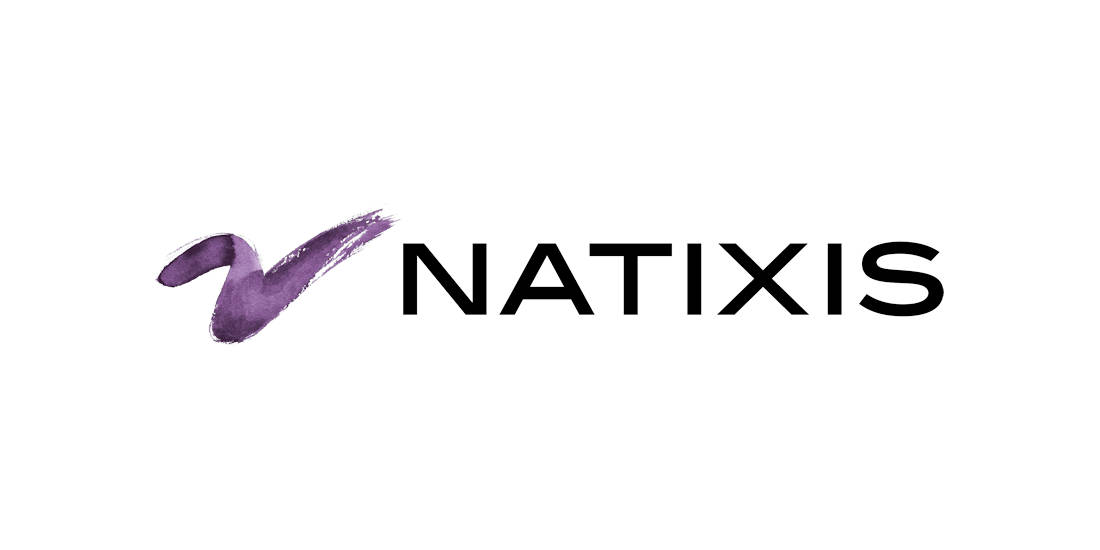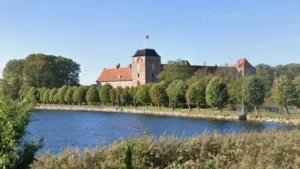“The election of Donald Trump has placed a negotiated settlement to the Russian invasion of Ukraine on an accelerated timeline – although a sustainable peace still appears far away.
► The abrupt shift in US foreign policy has been a bruising experience for Ukraine and considering both Presidents’ former careers in television, it was perhaps fitting that the clear strains in the relationship between Trump and Zelenskyy were broadcast live to the global press from the Oval Office. This marked a low point in the US-Ukraine relationship, culminating in the US decision to halt aid and military intelligence sharing in early March. Pushed into disaster management mode, Ukraine soon agreed to a 30-day ceasefire, putting the ball in Russia’s court. ► Holding the battlefield advantage, Putin has limited incentive to compromise and will be reluctant to move away from maximalist war aims. The critical question is therefore how Trump responds to this stalling. Broadly, the options are tending towards Putin’s maximalist views to reach an agreement quickly or tightening sanctions to force Russia to make concessions over a longer period. Whilst a difficult call, our base-case ceasefire scenario reflects our view of a continuation of the current status quo. Trump, favouring a quick deal continues to follow what is effectively a bilateral negotiation process with Putin, with Ukrainian interests discounted. This has substantial implications for the nature of any potential Trump peace. Both the US and EU have been aligned in terms of sanctions policies targeting Russia, but divergence in foreign policy over the past month has led to questions as to whether sanctions policy could also diverge.”
Morten W. Langer



